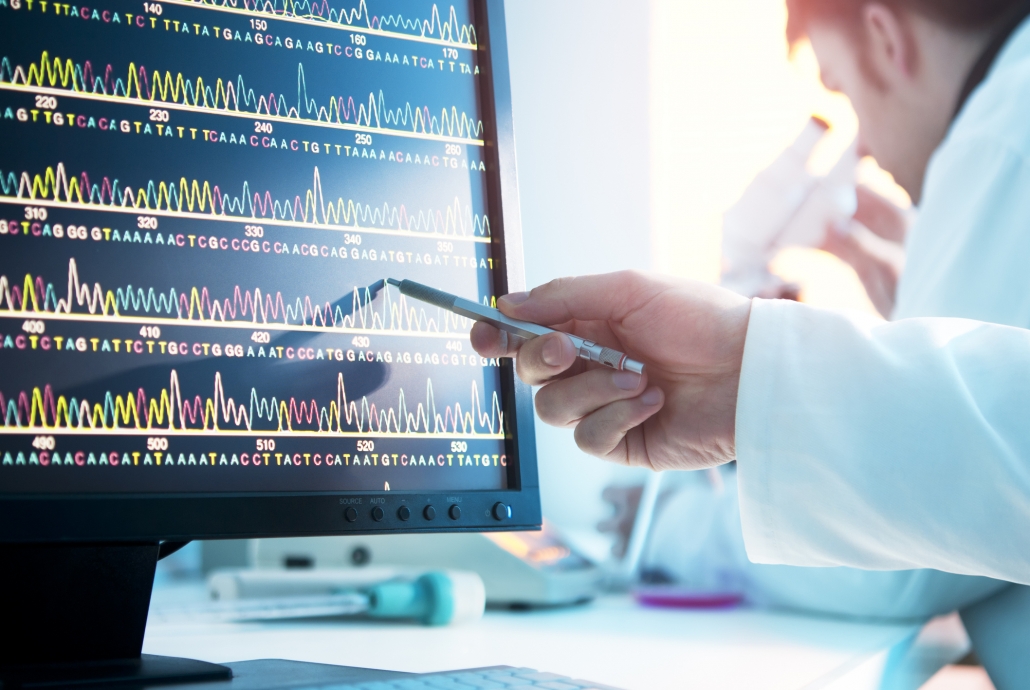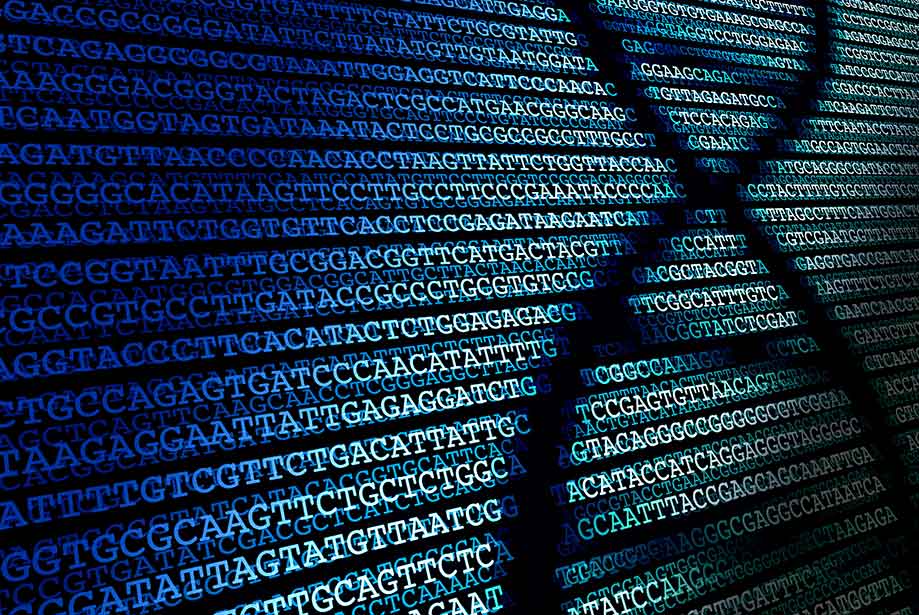


The basic principle is to measure changes in the electrical properties of DNA as it translocates through channels. This method detects a single DNA molecule per reaction. When the fragment crosses the channel, the platform identifies the exact nucleotide base These more modern platforms are capable of overcoming problems found in other sequencing methods, such as short reads reading errors or even bench work for sample preparation. Pacific Biosciences and the Oxford Nanopore: Single-Molecule SequencingĪlso known as Third Generation Sequencing. There are different platforms available on the market and they differ in technology and method used for bulk sequencing. NGS platforms are the equipment where the sequencing takes place. What are the main Next-Generation Sequencing (NGS) platforms? With NGS, it is possible to sequence the entire genome or just specific areas of interest, including all of the approximately 20,000 coding genes or a small number of individual genes. That is, while a capillary electrophoresis sequencer processes a maximum of 96 fragments at a time, next-generation sequencers can read up to billions of fragments at the same time. However, unlike the Sanger method, the NGS method sequences short DNA fragments ( reads ) that typically range from 50 to 300 nucleotides in length.Īlthough they differ considerably from each other, all NGS sequencing platforms are based on massively parallel processing of DNA fragments.

Next-generation Sequencing make it possible to massivily sequence DNA much quicker and cheaper compared to Sanger sequencing, which was previously used, and have revolutionized the study of genomics and molecular biology. For tasks like this, the Next-Generation Sequencing techniques are more efficient and cost less. With automation, it was possible to carry out large sequencing projects, such as the complete Human Genome Project, however, at the cost of years of research, billions of dollars and international effort by large centers with dozens of machines installed.ĭespite the success in sequencing the complete human genome, Sanger sequencing is an expensive and inefficient method for large-scale projects. In 1986, the first automatic DNA sequencer, the ABI 370, was launched, and in 1998, the first capillary electrophoresis sequencer, the ABI 3700. Therefore, Sanger sequencing is widely used to sequence organisms that have short DNA sequences such as bacterial plasmids, or also DNA fragments amplified by PCR ( polymerase chain reaction ). Sanger sequencing method is considered as “first generation” technology and it is useful and effective in sequencing DNA fragments of 500-900 base pairs. Then Frederik Sanger developed the termination chain sequencing method, published in 1977, which became popular and has been used by research centers around the world until today. The first DNA sequencing method was developed by Maxam-Gilbert, however, it was only capable of sequencing a few nucleotides at a time. This file contains symbols that represent the sequence of nitrogenous bases – A, C, G, T – present in the sample. DNA sequencing is based on equipment that reads a DNA sample and generates an electronic file. DNA sequencing is the exact determination of the order in which nucleotides are found.


 0 kommentar(er)
0 kommentar(er)
